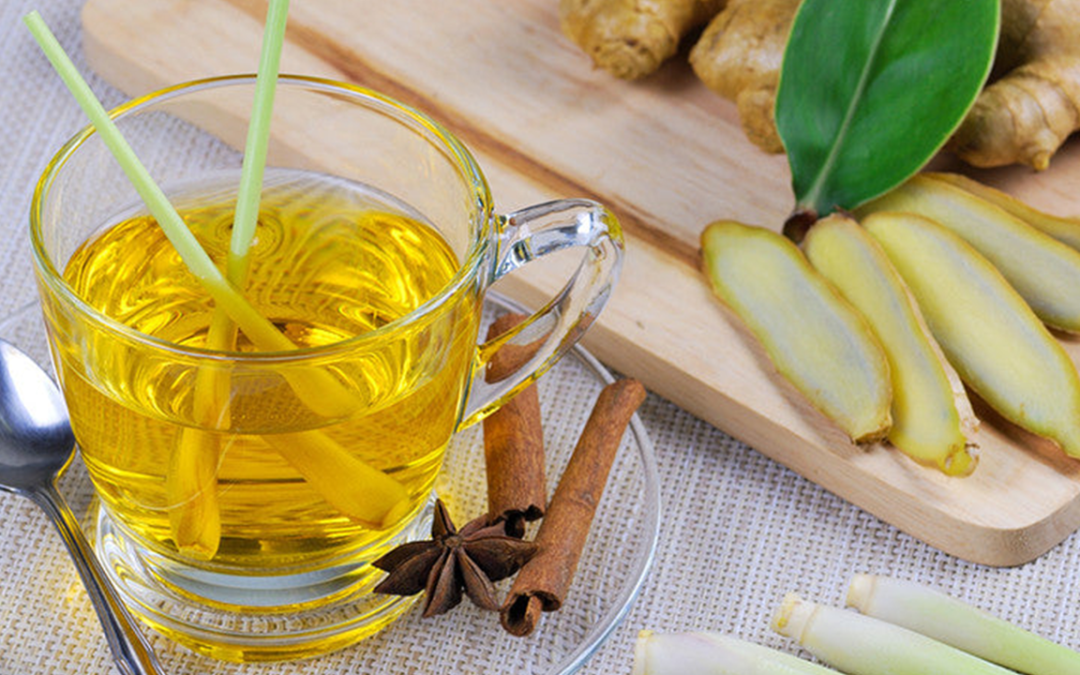
Herbal teas of the Philippines
When you say tea, it exclusively refers to the dried leaf and stem of one plant: Camellia sinensis. All the other variants—white, black, and green tea—are based solely on this plant. In the Philippines though, tea has been used as a catch-all to any plant used for hot...
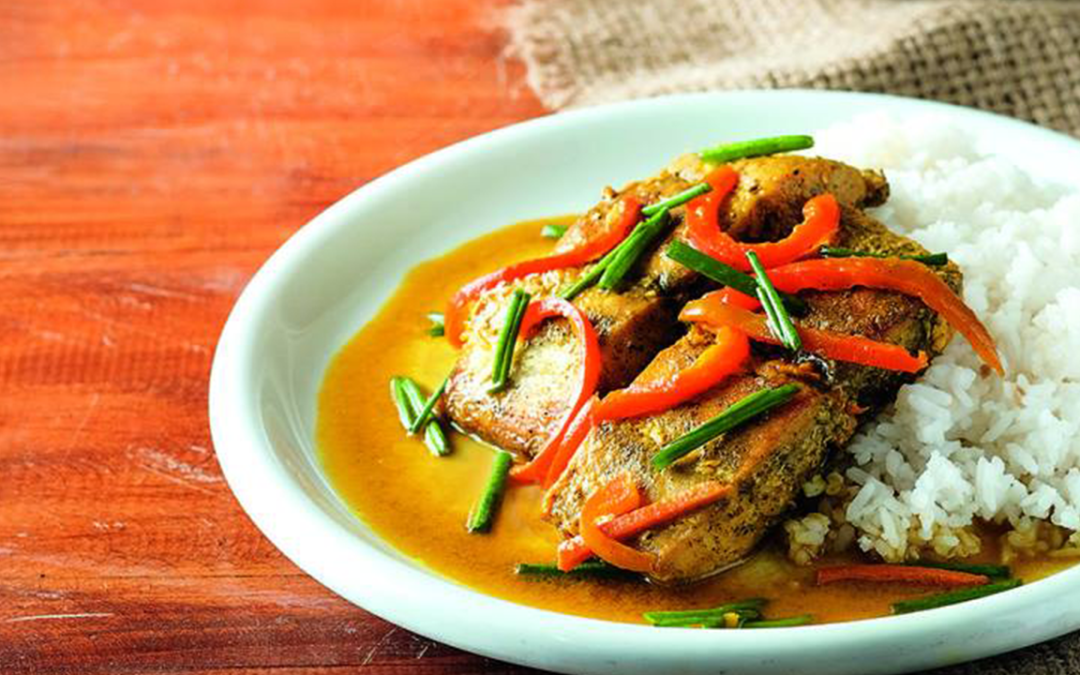
Turmeric’s place in Filipino cuisine
It may not be as popular as ginger, which is of the same family, but turmeric still finds its way and takes its rightful space in traditional Filipino cooking. Known for its orange color, which can leave stubborn stains on hands and clothes, this mighty rhizome lends...

Queso de Bola Recipes
A ball of queso de bola is the gift that keeps on giving. The sight of this red ball immediately elicits joy and excitement. This salty cheese, actually Edam, is delicious to munch by itself or paired with other charcuterie items. It’s also wonderful when simply...
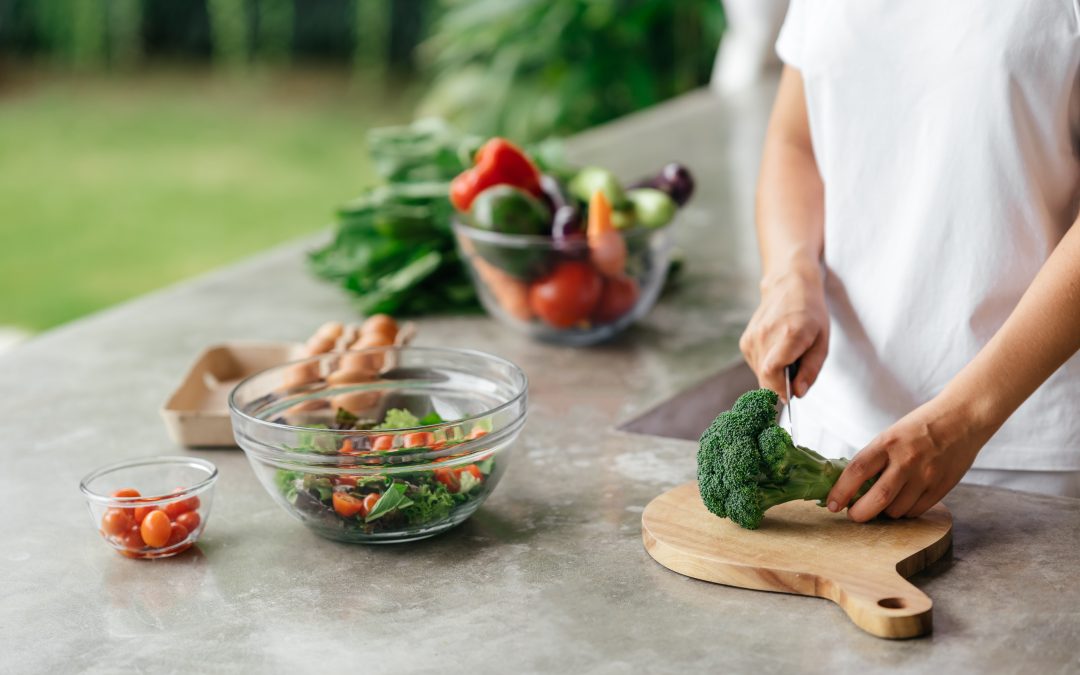
Farm to Table: 4 Ways to Make Food Production More Sustainable
From ready-to-drink sachets to single-origin espresso pods, coffee brands are making an effort to make their products, or at least make them seem, more sustainable. According to a study by London-based market research firm Mintel Group, nearly half (48%) of all new...
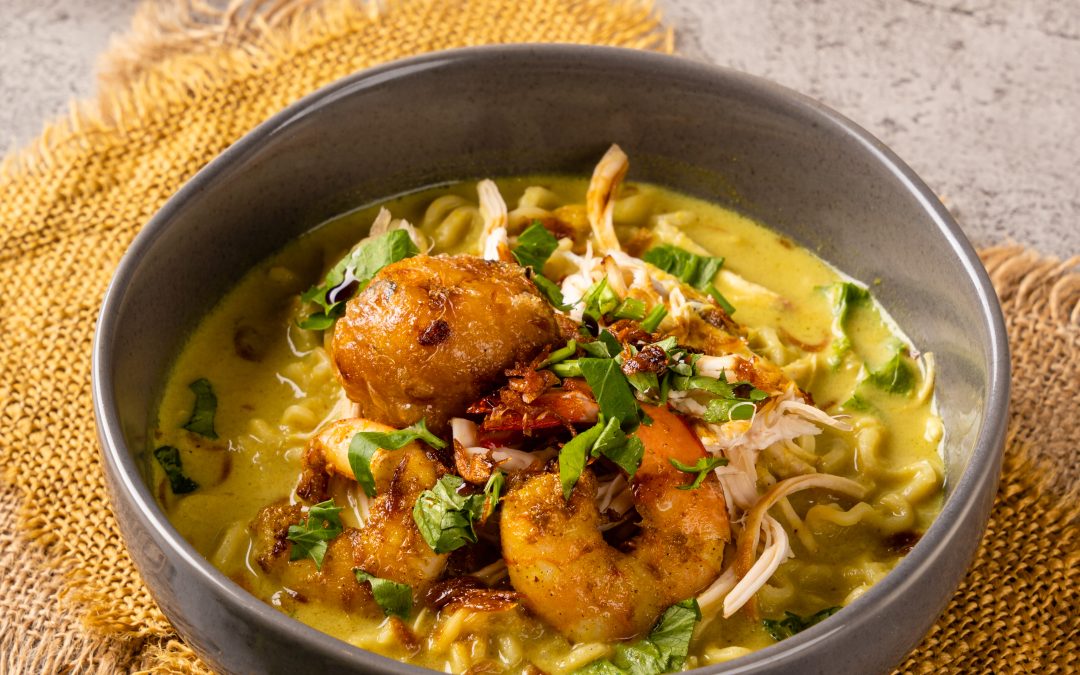
Where to Eat Halal Food
Halal might not be on every Filipino’s culinary vocabulary – yet. However, they’re not exactly oblivious to it. Middle Eastern and Indian food have been popular cuisines in the country for decades. You’ve most likely encountered shawarma during a post-drinking eating...

Chef JP Offers a Taste of Home in his Dubai Restaurant
There is no pork on the menu. A typical Filipino restaurant would have several iterations – lechon, sisig, crispy pata, inihaw na liempo, sinigang na baboy. But not at Kooya. Not cooking with pork is among the regulations, as well as halal guidelines, that chef JP...

What to Eat in Quiapo
Quiapo is known for many things. Among them, the home of religious attractions such as the San Sebastian Basilica and Minor Basilica of the Black Nazarene, and cultural heritage sites like the Casa Consulado and the Bahay Nakpil. It is also the hub for a special kind...
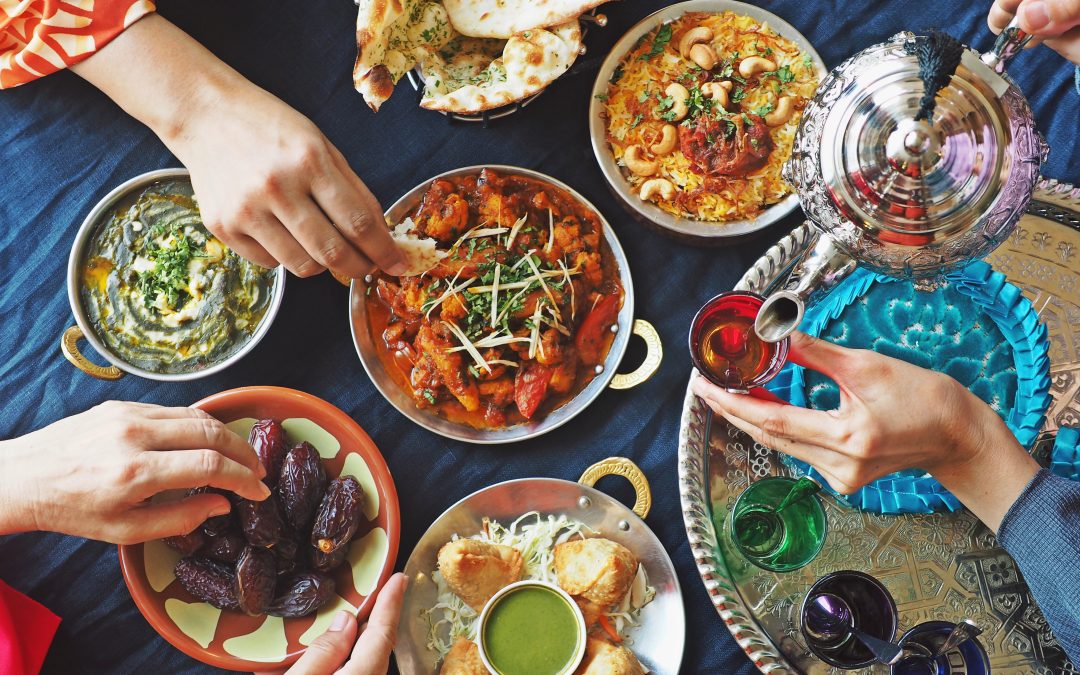
A Halal Grocery List
In recent years, both the government and private sector have continually poured efforts into promoting halal food. Halal isn’t just a culinary standard. Its preparation follows a specific set of steps, including a method of slaughter that involves an adult Muslim and...
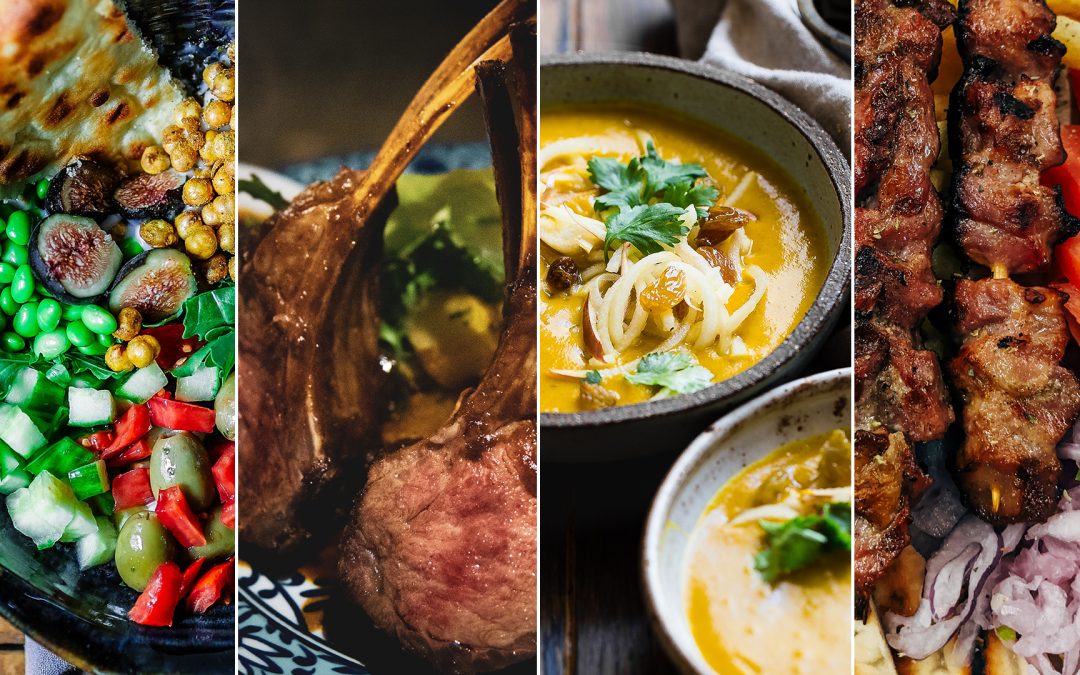
Debunking Misconceptions on Halal Food
It means permissible in English, and though it’s a word that’s been prevalent in many food conversations, it still gets a lot of misuse and fallacy. In a nutshell, halal food is food that is acceptable according to the teachings of Islam and not considered to be haram...
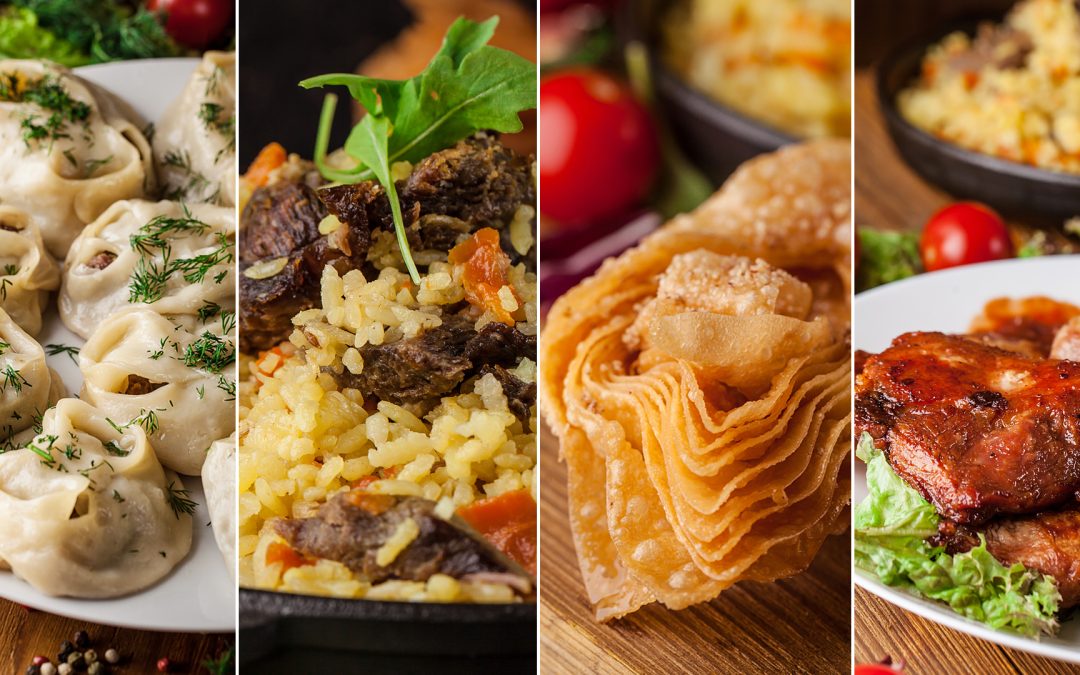
Halal and Wellbeing
Halal is the Arabic word meaning “permitted” or “admissible” that covers many facets of life deemed acceptable according to Islamic law. The opposite of halal is haram, which means “prohibited.” This can be regarding lifestyle, cosmetics, fashion, but more prominently...
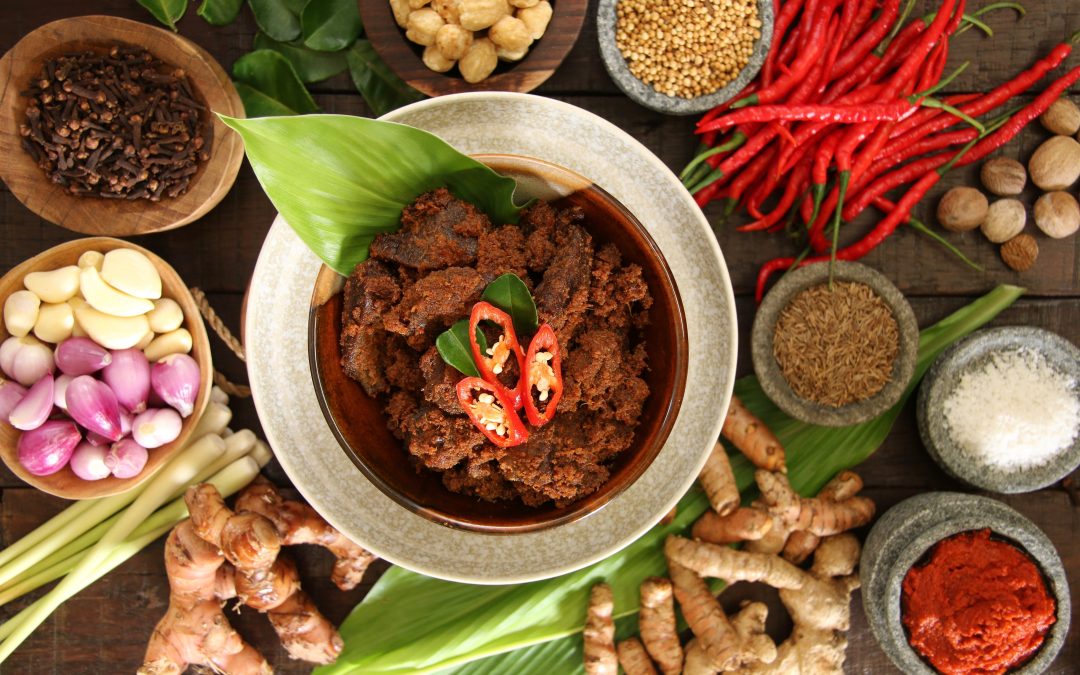
Mastering Maranao Cooking
The Maranao are one of the 11 ethnic groups that make up the Muslims in the Philippines. Also described as the “People of the Lake,” they are indigenous people situated near Lake Lanao in the province of Lanao del Sur in Mindanao. The National Commission for Culture...
